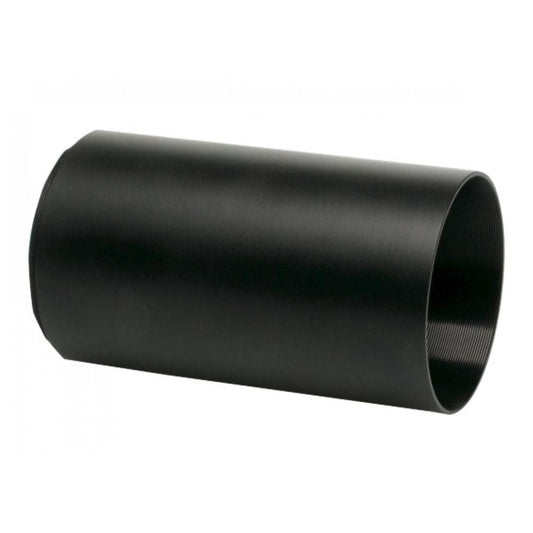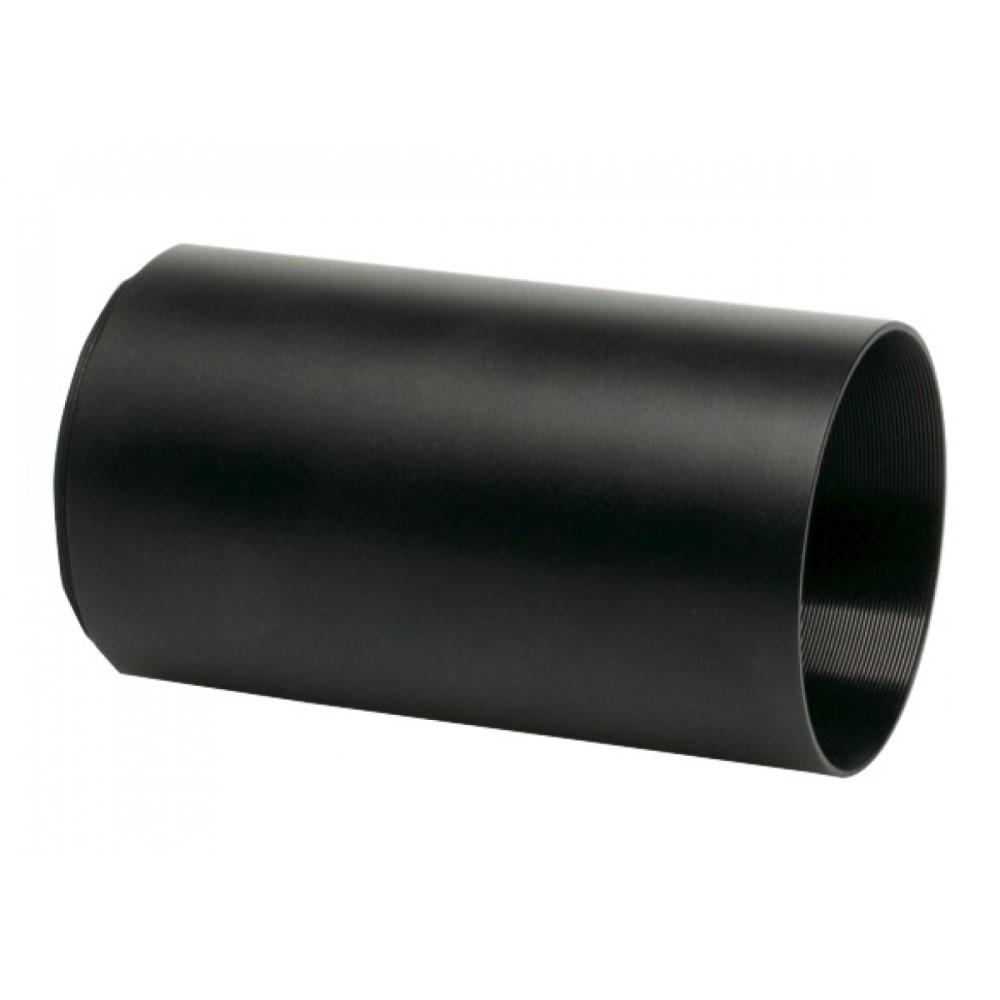

Konus KonusPro F-30 Rifle Scope 8-32x56mm 30mm FFP Mil-Dot Modified Illum Matte Black provides exceptional clarity and precision for serious shooters and hunters. Designed for both dusk hunting and tactical shooting, this first focal plane (FFP) scope ensures accurate detail capture, regardless of the lighting conditions. The modified Mil-Dot reticle, illuminated in two colors, allows for quick target acquisition, enhancing your shooting accuracy.
User-friendly features include locking tactical turrets that maintain stability during adjustments, and a built-in anti-canting level bubble that improves aiming precision. Engineered for outdoor competitions and long-range shooting, the KonusPro F-30 delivers unmatched performance and value for enthusiasts and professionals alike.
Key Features:
- ENHANCED CLARITY for spotting targets even in low light conditions.
- FIRST FOCAL PLANE reticle provides consistent accuracy across all magnifications.
- MODIFIED MIL-DOT RETICLE allows for quick target acquisition and precise distance estimation.
- LOCKING TACTICAL TURRETS ensure zero retention and reliability during shooting.
- ILLUMINATION SWITCH with 5 intensity settings for visibility in varying light conditions.
- BUILT-IN ANTI-CANTING bubble system helps maintain alignment and accuracy.
- WIDE MAGNIFICATION RANGE (8-32x) ideal for long-range shooting scenarios.
- 30MM TUBE enhances durability and provides a wider field of view.
Technical Specifications Table
| Specification | Details |
|---|---|
| Magnification | 8-32x |
| Lens Diameter | 56mm |
| Tube Diameter | 30mm |
| Weight | 1.5 lbs |
| Length | 14.5 inches |
| Material | Aluminum |
What’s in the Box?
- Konus KonusPro F-30 Rifle Scope
- Lens covers
- Padded case
- Neck strap
- Sunshade
Customer Reviews
"The clarity is unbelievable! This scope has transformed my shooting experience." - Tim S.
"I've used it for hunting at dawn, and it performs beautifully in low light." - Jenna R.
"The adjustments are precise, and I love the locking feature. Highly recommend!" - Mike D.
FAQ
How does the first focal plane feature benefit me? The first focal plane reticle maintains its size relative to the target as you change magnification, ensuring precise shots at any range. This makes it easier to estimate distances and adjust accordingly.
Is this scope suitable for competition shooting? Absolutely! The Konus KonusPro F-30 Rifle Scope is engineered for performance-driven shooters, making it an excellent choice for competitions due to its accuracy and ease of use.
What maintenance does this scope require? Routine maintenance includes keeping the lenses clean and ensuring the scope is securely mounted. Periodically check the adjustments for functionality, especially after transportation.
Similar Models
If you're exploring further options, check out our extensive lineup of Konus products. For top-notch binoculars, consider the Konus 10x42 Waterproof Binoculars for their rugged design and impressive clarity. Dive into our full collection to find the perfect optics tailored to your adventures!
You May Also Like
Here’s some of our most similar products people are buying. Click to discover trending style.






